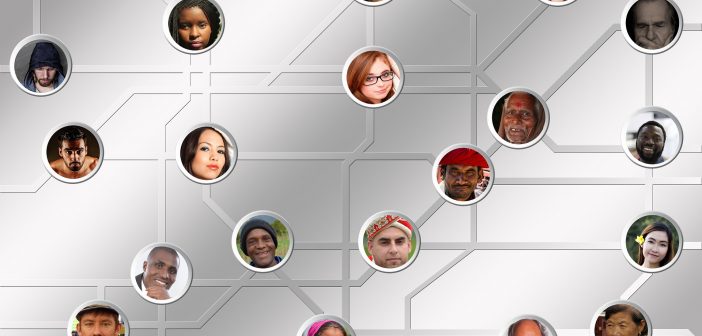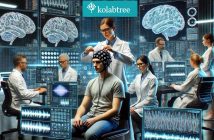Digital humanities is the application of digital tools and technology to humanities disciplines such as arts, music, literature, history, philosophy, and more. The scope of the field is so immense, with so much ongoing research, that it’s hard to arrive at one definition that encapsulates it. Broadly, it comprises the digitization, analysis and presentation of humanities content. Examples are the digital annotation of ancient texts, building digital libraries, digital mapping of areas of cultural or historical significance, data visualization in politics, etc. Here are digital humanities examples:
Digital humanities makes it possible for us to access large amounts of historical data online, study the evolution of language, compare maps of ancient places to present day locations, and more. It’s an effort to curate and present data that’s so far been disorganized, scattered and largely inaccessible.
Here are some high-impact digital humanities projects that are being used for practical research purposes.
1. Pelagios Commons
Pelagios Commons is an online, community-driven platform that helps users annotate and link historical materials through their common reference to particular places. Texts, databases, images, maps, and more can be linked through the places they refer to, allowing users to find information related to a particular place. The platform introduces the traditional concept of “Linked Open Data” into online resources, helping users learn more about the Ancient World.
While Pelagios’ platform Recognito allows users to annotate data and geotag locations, the Peripleo map platform works like a search engine that allows researchers to discover this data and access relevant resources for their research.
2. ToposText
We’re all familiar with names such as Troy, Ithaca, Paphos and Argos. Now imagine being able to search for these names, map them onto present day locations and find related texts where these names were referenced. ToposText, run by the Aikaterini Laskaridis Foundation and created by Brady Kiesling, is a digital interface that allows users to discover places in ancient Greece and also links to texts and images that referred to them. It not only covers ancient cities, but also shrines, castles, museums and excavation sites – over 5000 places in ancient Greece, including places from Spain to the Caucasus. ToposText is available as a mobile application. Its sister website, Travelogues offers thousands of early traveller illustrations of Greece.
3. Mapping Jewish LA
Mapping Jewish LA is a project that uses digital tools to enable users to experience Jewish LA through multimedia – sights and sounds of cafes and neighbourhoods, archives of writers and poets, interactive maps, curated photographs, and more. The project is the result of a partnership between the UCLA Library and Special Collections, the University of Southern California, and more than a dozen community archives. The ‘HyperCities’ model allows you to pick out a particular place in the city and experience what it was like at a particular time period – for example, Boyle Heights in the 1920s.
Mapping Jewish LA is a great example of how digital humanities is being used to preserve history, study culture and evolution, and even improve community engagement.
4. Visualizing politics
The Visual Librarian used an interesting data visualization technique to help users understand how distorted (or not) their view of the 2016 Presidential Candidate was (and is). The interactive grid on Tableau Public prompts users to select how honest and consistent they thought the candidate was. The grid then tells you how accurate your guess was, along with a table of data that supports the result. The aim was to visualize the rhetoric aspects of politics, something that doesn’t lend itself to visualization easily.
Again, we see how digital tools can help simplify a complex topic, and make it easy for us to extract meaningful information, even in topics that might be ambiguous and subjective.
5. NYU Smart cities
Constantine E. Kontokosta leads an initiative at NYU’s Center for Urban Science and Progress (CUSP) that aims to improve the quality of urban life by using the power of data collection and analysis. Called ‘Quantified Community‘, the initiative aims to use data analytics and the Internet of Things for improved neighbourhood planning and urban design, which will reflect positively on the quality of life for those who live in these cities. The initiative also involves ‘community data science’ – involving the local community, based on whose feedback the problems can then be resolved. This approach helps residents define their problems, so that the quality of data is more accurate and reliable. Though the initiative is still in its early stages, it’s clear that technology and citizen engagement can come together to reform and reinforce urban planning decisions, and ultimately, benefit everyone involved.
Other useful resources on current digital humanities projects:
http://www.open.ac.uk/arts/research/digital-humanities/projects
———————
Need to hire a social scientist or a data analyst for your project? Hire from 5000+ freelance scientists on Kolabtree here.







